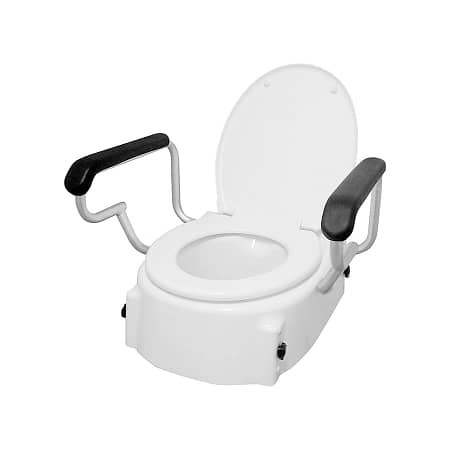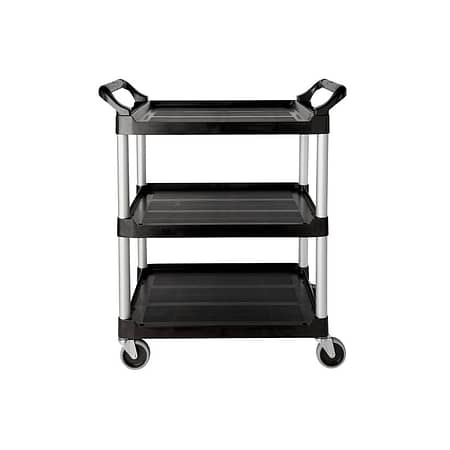How do angled blunt and sharp surgical scissors differ in their applications during medical surgeries and procedures?
Introduction to Surgical Scissors in Medical Practice
In the realm of medical surgeries and procedures, surgical scissors are indispensable tools, playing a crucial role in a variety of operations. This article aims to provide an in-depth understanding of two specific types of surgical scissors: angled blunt and sharp surgical scissors. Each type possesses unique characteristics and applications that are essential for different surgical contexts. Angled blunt scissors, known for their specific design, offer unique advantages in safety and precision, particularly in delicate or difficult-to-reach areas. Conversely, sharp surgical scissors are celebrated for their precision cutting capabilities, making them ideal for intricate and detailed surgical work. This comparative analysis delves into the design features, ideal use cases, and safety considerations of both types, providing surgeons and medical professionals with vital insights into selecting the appropriate tool for various surgical procedures. By exploring the nuances in performance, maintenance, and ergonomics of these scissors, the article aims to enhance understanding and decision-making in surgical tool selection, ultimately contributing to the efficacy and safety of medical surgeries.
Overview of Surgical Scissors Types

Angled Blunt Surgical Scissors
Angled blunt surgical scissors are designed with a specific curvature and blunted tips. They are crafted to navigate around tissues and organs without causing inadvertent injury, making them a preferred choice in surgeries where precision and safety are paramount.
Characteristics:
- Safety Design: The blunted tips reduce the risk of puncturing or damaging delicate tissues.
- Angled Blades: Allows for better visibility and access in tight spaces or around curves in the body.
- Material: Typically made from high-grade stainless steel for durability and precision.
- Ergonomic Handling: Often designed with comfort grips to reduce hand fatigue during long surgeries.
- Applications: Commonly used in internal surgeries, such as those involving the intestines or liver, where avoiding accidental cuts is critical.

Sharp Surgical Scissors
Sharp surgical scissors are known for their finely honed cutting edges, offering unparalleled precision. They are indispensable in procedures requiring fine, meticulous cuts or in situations where tissue needs to be excised with minimal force.
Characteristics:
- Precision Cutting: Sharp blades allow for clean, precise cuts with minimal tissue trauma.
- Variety of Sizes: Available in various lengths and blade sizes to suit different surgical needs.
- Material: Constructed with high-quality stainless steel or titanium, providing sharpness and longevity.
- Design Versatility: Ranges from straight to curved designs, catering to diverse surgical requirements.
- Applications: Ideally suited for delicate surgeries such as plastic, reconstructive, or ophthalmic surgeries, where precision is key.
Comparative Analysis: Angled Blunt vs. Sharp Scissors
| Feature/Aspect | Angled Blunt Scissors | Sharp Scissors |
|---|---|---|
| Design and Material | Blunted tips, angled design, high-grade stainless steel | Fine, sharp edges, available in stainless steel/titanium |
| Usage in Surgery | Ideal for navigating around delicate tissues, internal surgeries | Preferred for precise cuts, delicate surgeries like ophthalmic procedures |
| Performance | Safer in tight or curved spaces, less risk of tissue damage | Provides cleaner, more precise cuts, minimal trauma |
| Surgeon Preference | Favored in surgeries requiring safety and precision in tight spaces | Chosen for surgeries needing intricate detail and precision |
| Skill Level Consideration | Suitable for complex surgeries, requires skilled handling | Demands high precision, often used by specialists |
Safety and Maintenance of Surgical Scissors
Proper handling of both angled blunt and sharp surgical scissors is essential to ensure patient safety and surgical efficiency. This includes adhering to safety protocols such as correct gripping, careful navigation around sensitive tissues, and immediate reporting of any damage or dullness. The maintenance of these surgical tools is equally crucial, involving rigorous sterilisation processes to prevent cross-contamination and infection. Regular cleaning, disinfection, and sterilisation using appropriate methods like autoclaving are mandatory to maintain the integrity and functionality of the scissors. Additionally, periodic inspections for wear and tear, alignment issues, and blade sharpness are necessary to guarantee optimal performance during surgeries. By meticulously following these safety and maintenance guidelines, healthcare providers can uphold the highest standards of patient care and surgical excellence.

Conclusion and Recommendations
In conclusion, the choice between angled blunt and sharp surgical scissors hinges on the specific requirements of medical surgeries and procedures. Angled blunt scissors, with their safety-oriented design, are ideal for manoeuvring in tight spaces and around delicate tissues, making them a valuable tool in internal surgeries. Sharp scissors, on the other hand, offer unparalleled precision, essential for intricate and detailed surgical work such as in plastic or ophthalmic surgeries. It is imperative for medical professionals to consider the nature of the surgery, the level of precision required, and the safety of patient tissues when selecting the appropriate type of scissors. Regular maintenance, including proper sterilisation and handling, further ensures the longevity and efficacy of these tools. By understanding the distinct advantages and applications of each scissor type, surgeons can make informed decisions, ultimately enhancing the quality of patient care and surgical outcomes.





















